The Missouri River divides South Dakota in half. And residents can speak on the differences between their East River and West River mentalities. East River is primarily a corn and wheat growing territory, with large numbers of pork and poultry operations. While West River is generally ranching with some dryland farming — truly a place where the buffalo roam. Residents on the western half of the state might tuck their jeans in their cowboy boots (to avoid snakes in high grasslands). And East River folks do not. A long-standing friendly debate carries on over which is the superior place to live and attend school.
But in 2020, when the South Dakota Department of Education (SD DOE) launched two statewide Perkins consortia to promote collaborative planning and support for career and technical education (CTE), regional administrators knew they would need to meet in the middle.
Stakeholders work together to strengthen relationships, share knowledge and contribute to strong CTE leadership for the state as a whole.
Before the development of these statewide consortia, funding was scattered in small pots, making large purchases more difficult. It was easy to sink into a mindset of doing things the same way every year without change or innovation. However, with the enactment of Perkins V in 2018, the SD DOE began to have hard conversations (L. Scheibe, personal communication, June 29, 2022). Could the state create a statewide consortium model with two full-time directors on different sides of the state? Could this make the difference? It was a risk and investment that South Dakota was willing to take.
How does it work?
Ways of thinking must be different. Because the needs for manufacturing, health care, industrial operations and agriculture fluctuate based on geographic region. With different personalities on each side of the state, the eastern and western directors have made it a priority to work well together. Directors Fawn Hall and Sara Vande Kamp, Ed.D., keep in close contact and exchange ideas.
Since this was new for everyone, processes and procedures needed to be written and implemented well from the start. Roles and responsibilities for all stakeholders — school districts, technical colleges and South Dakota Department of Education — were addressed early on in order to facilitate successful completion of the federal Perkins guidelines. Collaborative activities included working on Comprehensive Local Needs Assessments (CLNAs), conducting long-term planning, completing budget requests and reimbursements, ordering Perkins items, developing and tracking professional development, managing inventory, navigating site visits, providing guidance, and receiving feedback from involved parties. This was, and continues to be, an iterative process always being tweaked to meet the specific needs of each consortium.
How does this work support educators?
Employers and education leaders widely report gaps between education and industry standards. And to bridge these gaps in South Dakota, the Perkins consortium directors communicate with high schools regularly and conduct annual site visits wherein they discuss the needs of the educators. Hall and Vande Kamp and their colleagues want to know what the CTE community needs. And how they can, as a collective unit, invest Perkins funding in shared professional development experiences and materials. This is also discussed at each consortium’s annual meeting host.ed with the respective technical schools: Western Dakota Technical College and Southeast Technical College.
These annual meetings provide time for postsecondary CTE faculty to discuss program activities and share ways for high schools to participate. These opportunities may include campus tours, workshops on industry-specific topics, and more. Industry leaders are also invited to share what is happening in and around South Dakota. So that education can walk hand-in-hand with industry needs. The directors, each of whom tries to attend the other’s meeting, and the SD DOE also take time to give updates and announce things to come.
Networking is critical to collaboration and growth for a healthy Perkins consortium.
The SD DOE took a unique approach by asking Western Dakota Technical College (in Rapid City, South Dakota) and Southeast Technical College (in Sioux Falls, South Dakota) — two schools on opposite sides of the state — to hire professional staff members that act now as statewide Perkins consortium directors. Of note: Consortium groupings are not based solely on geographic region. Therefore, if a district in the middle of the state (or even all the way on the east) leans more toward the west, they are welcome to join that consortium or vice versa.
Conclusion
South Dakota is off to a great start! These consortia have given our rural communities a stronger voice and helped to spread knowledge and funding throughout the state. In fact, a joint CTE professional development event is being planned, tentatively, for the fall of 2023. We hope this will allow CTE faculty statewide to meet new people and visit other schools. These consortia have helped to expand ideas and opportunities for our state, and they can make an impact that will last for years to come.
Sara Vande Kamp, Ed.D., is the eastern Perkins consortium director at Southeast Technical College in Sioux Falls, South Dakota. She provides CTE vision and guidance to 27 school districts while closely working with the SD DOE. As a lifelong learner, Vande Kamp considers it a joy to work in the world of education. She also enjoys finding new coffee shops and spending time outdoors with her husband and two daughters.






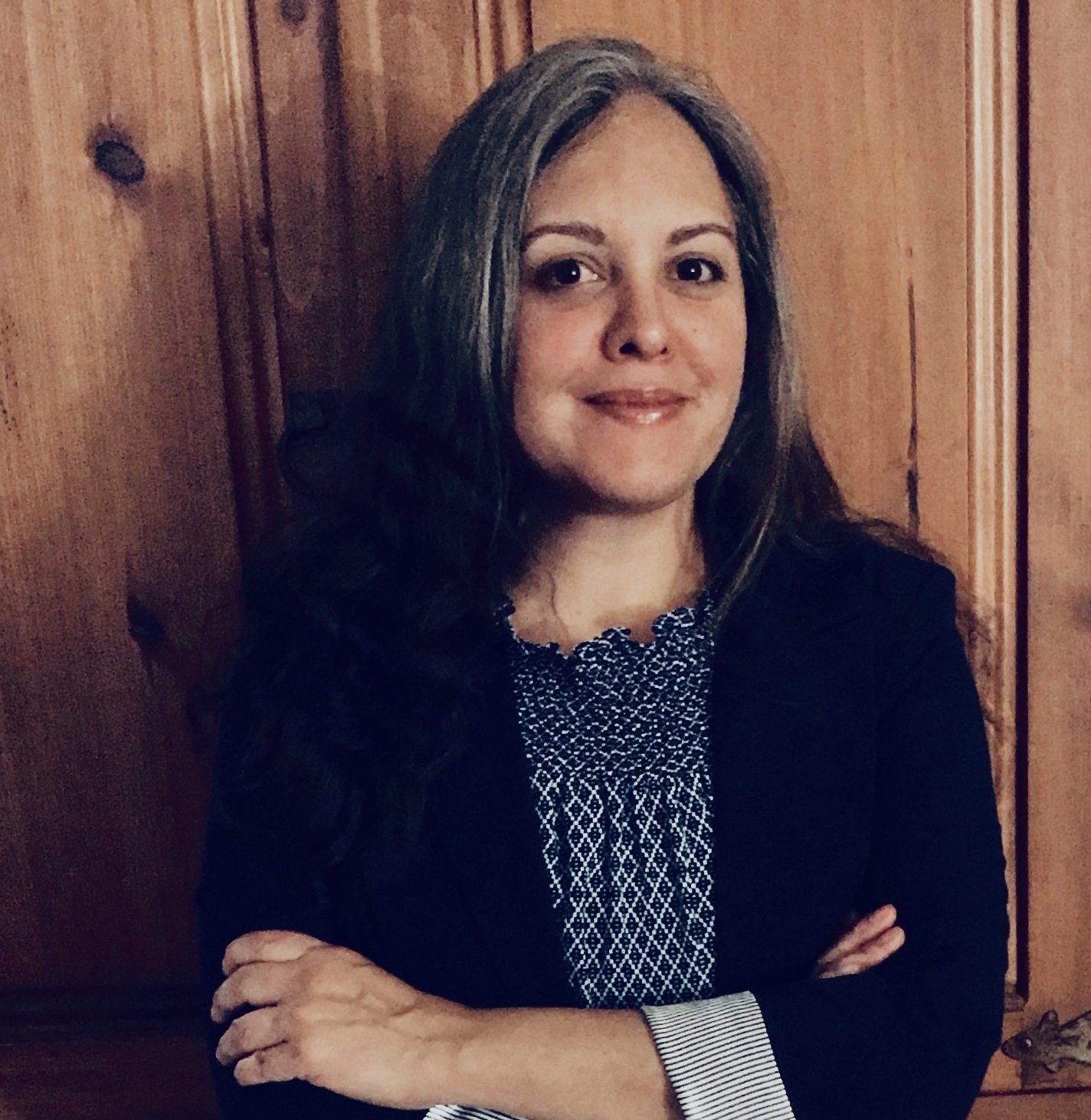
 eet Carla Arciniega, project coordinator and Perkins lead at Lane Community College. Her Techniques interview appears as part of a digital-exclusive spotlight series on fellows in the
eet Carla Arciniega, project coordinator and Perkins lead at Lane Community College. Her Techniques interview appears as part of a digital-exclusive spotlight series on fellows in the 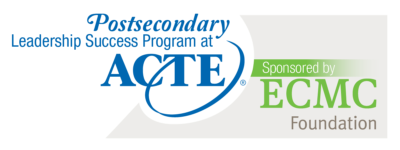

 et Brian Rick, career and technical education (CTE) navigator at Southeastern Illinois College. His Techniques interview appears as part of a digital-exclusive spotlight series on fellows in the
et Brian Rick, career and technical education (CTE) navigator at Southeastern Illinois College. His Techniques interview appears as part of a digital-exclusive spotlight series on fellows in the 
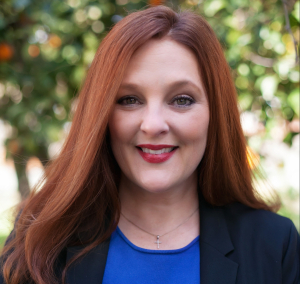 Meet Rebecca Farley, dean of instruction at Bakersfield College. Her Techniques interview appears as part of a digital-exclusive spotlight series on fellows in the
Meet Rebecca Farley, dean of instruction at Bakersfield College. Her Techniques interview appears as part of a digital-exclusive spotlight series on fellows in the  Meet Shelsi Barber-Carter, career and technical education (CTE) coordinator at Baton Rouge Community College. Her Techniques interview appears as part of a digital-exclusive spotlight series on fellows in the
Meet Shelsi Barber-Carter, career and technical education (CTE) coordinator at Baton Rouge Community College. Her Techniques interview appears as part of a digital-exclusive spotlight series on fellows in the 
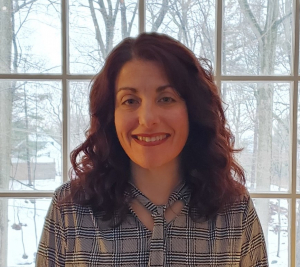 Meet Darlene O’Rourke, Perkins grant director and officer at Queensborough Community College. Her Techniques interview appears as part of a digital-exclusive spotlight series on fellows in the
Meet Darlene O’Rourke, Perkins grant director and officer at Queensborough Community College. Her Techniques interview appears as part of a digital-exclusive spotlight series on fellows in the 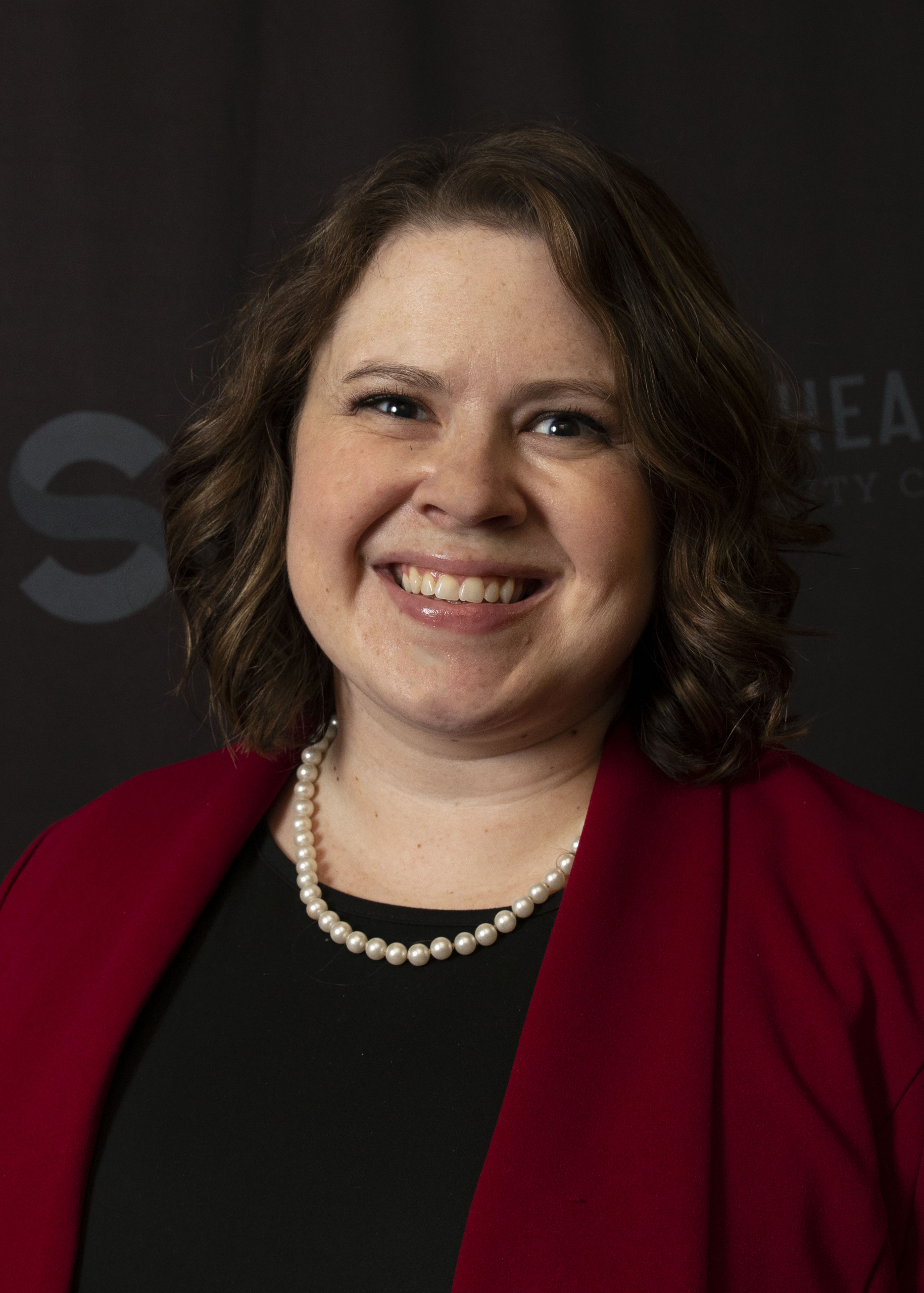
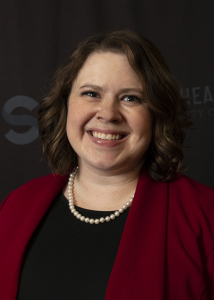 Meet Ashlee Spannagel, dean of career and technical education (CTE) and workforce development at Southeastern Community College. Her Techniques interview appears as part of a digital-exclusive spotlight series on fellows in the
Meet Ashlee Spannagel, dean of career and technical education (CTE) and workforce development at Southeastern Community College. Her Techniques interview appears as part of a digital-exclusive spotlight series on fellows in the 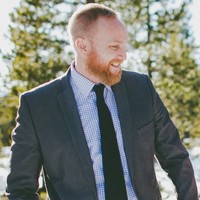 Meet Dan Adams, former statewide director of career pathways at the Oregon Higher Education Coordinating Commission. He’s currently a stay-at-home dad. His Techniques interview appears as part of a digital-exclusive spotlight series on fellows in the
Meet Dan Adams, former statewide director of career pathways at the Oregon Higher Education Coordinating Commission. He’s currently a stay-at-home dad. His Techniques interview appears as part of a digital-exclusive spotlight series on fellows in the 




